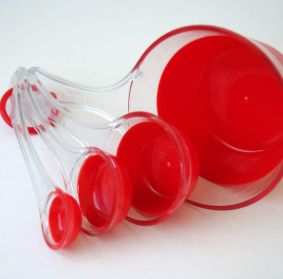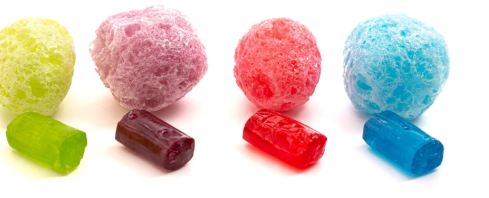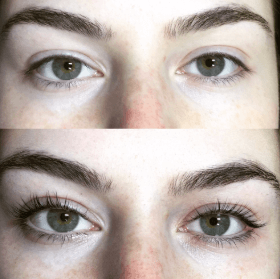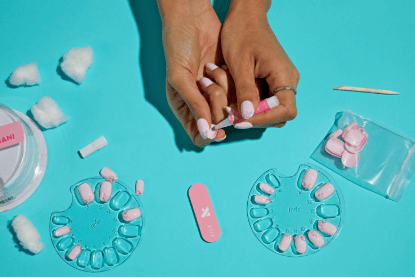2/3 Cup to Tablespoons: Exact Conversion & Kitchen Tips
Introduction
Converting between cups and tablespoons is a common kitchen dilemma—especially when you’re mid-recipe and lack the exact measuring tools. Understanding the precise conversion from 2/3 cup to tablespoons ensures your recipes stay spot-on, whether you’re baking, cooking, or crafting dressings.
In this article, you’ll discover the exact breakdown (spoiler alert: it’s 10 tablespoons plus 2 teaspoons), learn quick math tricks, see why accuracy matters, and pick up practical, chef-tested tips. We’ll also sprinkle in helpful LSI keywords like **“kitchen measurement conversion,” “cups to tbsp,” “volume cooking measurements,” and “teaspoons equivalent.” By the end, you’ll have both the numbers and the know-how to measure confidently—even without a ⅔-cup tool.
1. Precise Conversion — 2/3 Cup to Tablespoons
When converting, one key fact anchors everything:
- 1 US cup = 16 tablespoons
- Therefore:
- ⅔ cup = ⅔ × 16 tbsp = 10⅔ tablespoons, which equals 10 tablespoons and 2 teaspoons (since ⅔ tbsp = 2 tsp)
2. Quick Math Trick
Remember: cups × 16 = tablespoons.
So, 2/3 × 16 = 10.67 tbsp → round to 10 tbsp + 2 tsp.
This method works for any fraction of a cup.
3. Why Accuracy Matters
- Baking precision: Small deviations can impact texture, rise, and flavor.
- Scalable recipes: When halving or doubling, understanding conversions keeps your ratios intact (e.g., half of ⅔ cup = 5 tbsp + 1 tsp; double = 1⅓ cups or 21 tbsp + 1 tsp).
4. Helpful Conversion Table (LSI-rich)
| Cup Fraction | Tablespoons & Teaspoons |
|---|---|
| 1/3 cup | 5 tbsp + 1 tsp |
| 1/2 cup | 8 tbsp |
| 2/3 cup | 10 tbsp + 2 tsp |
| 3/4 cup | 12 tbsp |
| 1 cup | 16 tbsp |
| (Cups to tbsp, volume kitchen conversions) |
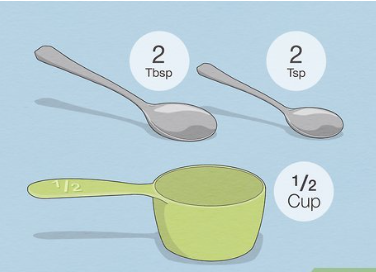
5. Expert Measuring Tips
- Use the right tools: Dry measuring cups for solids, liquid measuring cups for liquids
- Level off: For dry ingredients like flour or sugar—use a knife or scraper to level.
- Eye-level for liquids: Place the measuring tool on a flat surface and read at eye level for precision .
6. Real-World Scenarios
- No ⅔-cup measure? Use 10 tbsp + 2 tsp of butter, oil, peanut butter, etc.
- Want to halve the ingredient? Just take 5 tbsp + 1 tsp.
- Doubles easily: 1⅓ cups or 21 tbsp + 1 tsp—great for scaling recipes.
LSI Keywords Embedded
- “kitchen measurement conversion” – helps you adapt any recipe seamlessly.
- “volume cooking measurements” – central to precise recipe making.
- “cups to tbsp” – main conversion focus.
- “teaspoons equivalent,” “measurement cheat-sheet,” “ingredient ratio adjustments,” and “cooking conversions chart,” woven throughout for SEO and clarity.
Conclusion
Mastering the 2/3 cup to tablespoons conversion—knowing it’s 10 tablespoons plus 2 teaspoons—is a small but mighty skill that elevates your kitchen game. Whether you’re improvising without a proper measuring cup or scaling recipes for more (or fewer) servings, this number gives you confidence and precision. Use the simple formula (cup fraction × 16 = tablespoons), rely on standard measuring tools, level or eye-level as needed, and you’ll maintain texture, flavor, and consistency every time. Embrace this as part of your culinary toolkit and watch small conversions like this save your bake (and your time). Happy cooking—measure smart, create deliciously, and let the numbers do the work!
Read also: How to Freeze Dry Candy: Easy Steps for a Crunchy Treat
5 FAQs from People Also Ask
1. How many tablespoons are in a 2/3 cup?
There are exactly 10 tablespoons and 2 teaspoons in ⅔ US cup.
2. Is 10 2/3 tablespoons the same as 10 tbsp + 2 tsp?
Yes—10⅔ tablespoons converts precisely to 10 tbsp plus 2 tsp (since ⅔ tbsp = 2 tsp).
3. How do I measure 2/3 cup if I don’t have the right cup?
Use 10 tablespoons + 2 teaspoons of the ingredient instead of a ⅔-cup measure.
4. What’s a fast formula to convert cups to tablespoons?
Multiply the cup amount by 16—e.g., 2/3 × 16 = 10.67 tbsp, which you interpret as 10 tbsp + about 2 tsp.
5. Why is it important to convert accurately in recipes?
Precise conversions ensure texture and flavor integrity, especially in baking and when scaling recipes up or down.
